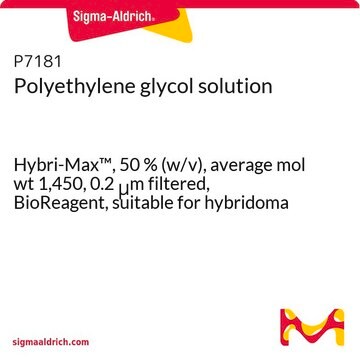N3289
N2-Ethyl-2′-deoxyguanosine
≥98% (HPLC), solid
Synonym(s):
N2-Et-dG
About This Item
Recommended Products
assay
≥98% (HPLC)
form
solid
color
white to off-white
solubility
H2O: >5 mg/mL
storage temp.
2-8°C
SMILES string
CCNC1=Nc2c(ncn2[C@H]3C[C@H](O)[C@@H](CO)O3)C(=O)N1
InChI
1S/C12H17N5O4/c1-2-13-12-15-10-9(11(20)16-12)14-5-17(10)8-3-6(19)7(4-18)21-8/h5-8,18-19H,2-4H2,1H3,(H2,13,15,16,20)/t6-,7+,8+/m0/s1
InChI key
VOKQFDULHQUWAV-XLPZGREQSA-N
General description
signalword
Danger
Hazard Classifications
Acute Tox. 2 Dermal - Acute Tox. 2 Inhalation - Acute Tox. 2 Oral - Carc. 2 - STOT RE 2
Storage Class
6.1A - Combustible acute toxic Cat. 1 and 2 / very toxic hazardous materials
wgk_germany
WGK 3
flash_point_f
Not applicable
flash_point_c
Not applicable
ppe
Eyeshields, Faceshields, Gloves, type P2 (EN 143) respirator cartridges
Certificates of Analysis (COA)
Search for Certificates of Analysis (COA) by entering the products Lot/Batch Number. Lot and Batch Numbers can be found on a product’s label following the words ‘Lot’ or ‘Batch’.
Already Own This Product?
Find documentation for the products that you have recently purchased in the Document Library.
Our team of scientists has experience in all areas of research including Life Science, Material Science, Chemical Synthesis, Chromatography, Analytical and many others.
Contact Technical Service









